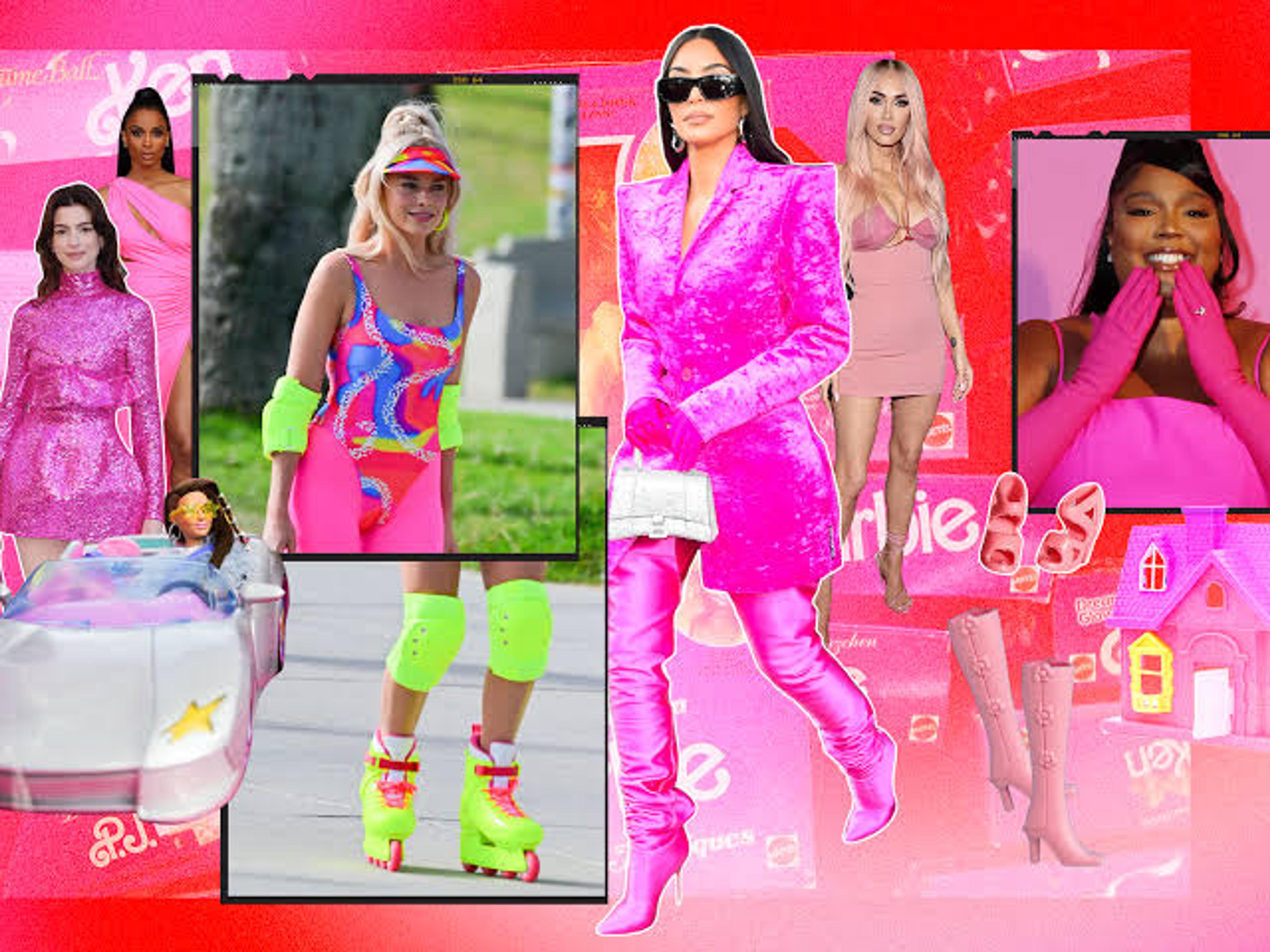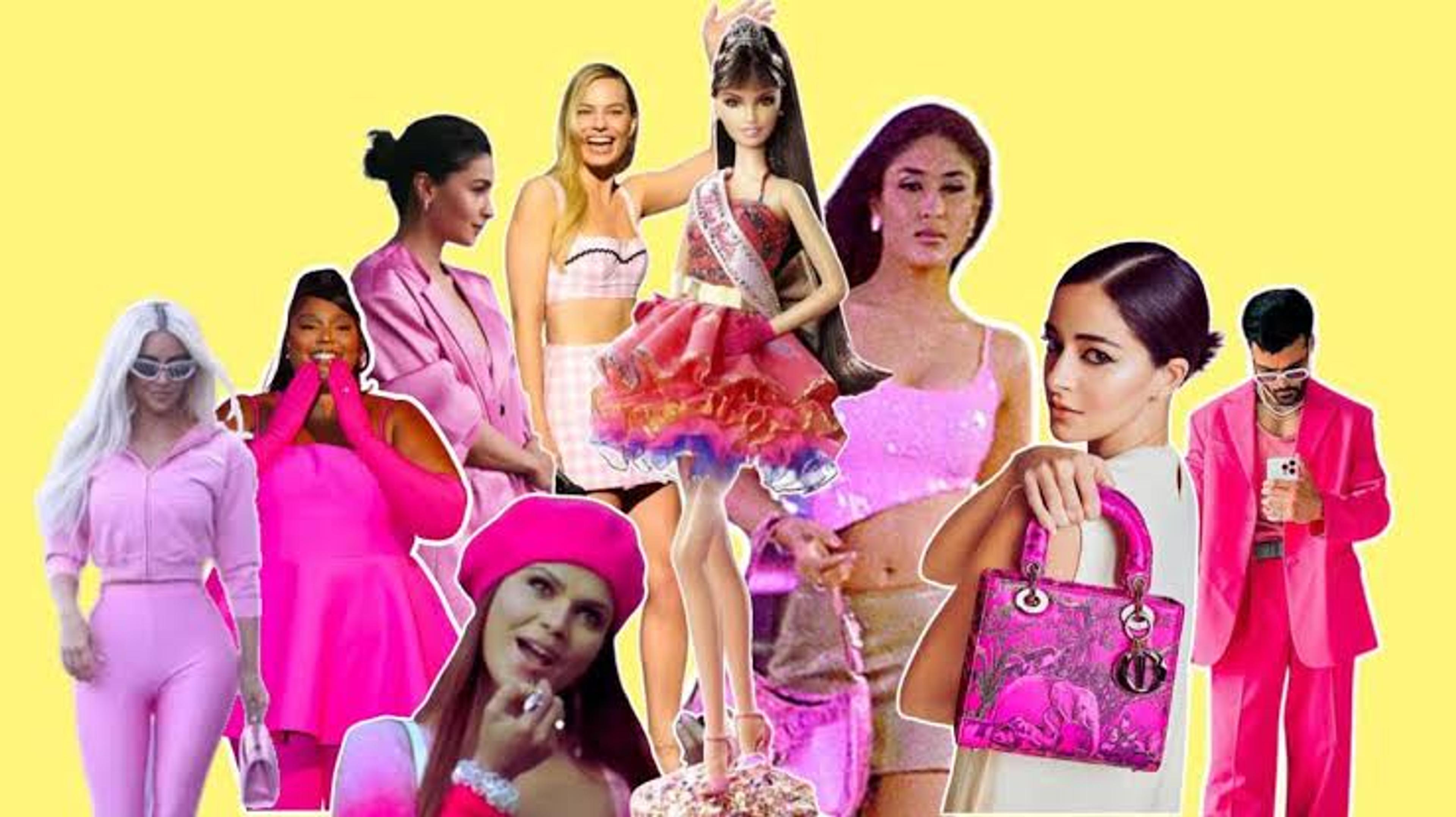The Desi Barbiecore: Celebrating Diversity and Culture in Fashion

Sania Parween
Published
In recent years, a new cultural aesthetic has emerged, one that embraces South Asian influences and celebrates the vibrant heritage of the Indian subcontinent. This trend is known as “Barbiecore” which is a fusion of nostalgic references to the Barbie dolls, drawing inspiration from the 1990s and early 2000s fashion with a mix of contemporary elements. The Barbie doll has served as a pop culture symbol of admiration since its first introduction in 1959 and since then led to numerous debates on body images and beauty standards sporadically. However, lately, the South Asian community has recuperated and renovated the ‘Western invention’ with their touch of cultural heritage.

The desi influence on the ruling trend of Barbiecore is undeniable. Its emergence was partly driven by the growing representation of South Asian creators and influencers on social media platforms. These individuals began infusing Western fashion trends with traditional elements such as vivid colours, opulent fabrics, intricate embroidery, and traditional jewellery. The blending of such aesthetic styles created a unique and eye-catching look that resonated with audiences around the world.The traditional South Asian attires such as saris, lehengas, and anarkalis have been reimagined with a Barbiecore twist, incorporating playful patterns, ruffles, dainty flares, and embellishments. Also, ornate accessories such as dazzling bangles, jhumkas, and bold neckpieces add a sparkling significance to the trend. Many Bollywood divas from Kiara Advani, and Alia Bhatt to Rashmika Mandana hopped on the bandwagon, celebrating the trend in iconic pink desi fits.
Diana Vreeland, former editor of Harper Bazaar and a global fashion guru once said that “Pink is the Navy Blue of India’‘, indicating its long association with the colour pink or to be more precise the ‘Rani Rang’. While Barbiecore was accelerated in 2022’s Valentino Fall runway show, indulging just the international celebrities with Western wear, Indian fashion designer, Masaba Gupta in one of her appearances followed the trend, wearing a pink chanderi cotton sari and called it ‘Ranicore’. Even when Valentino launched its first store in India, the dominant colour on display was Valentino Pink, which was quite close to what Rani Pink is. The Hot Pink or the Rani Rang has always been a desi favourite and a dominant fashion onscreen during the 80s and 90s films. The legendary Indian actress, especially Rekha was seen wearing different shades of Rani in various films, acing the Barbiecore or Ranicore trend way back then.

Barbiecore is more than just a fashion trend. It has become a means of empowerment for the South Asian diaspora. The trend has empowered many to embrace their femininity without confirming the already set societal norms of beauty. It has become a platform to celebrate diverse body types, skin tones, and a myriad of cultures and customs. Supporting the idea that beauty comes in all forms, this trend promotes inclusivity and representation. By celebrating traditional attire and cultural symbols, the unique take of the South Asian community played a crucial role in breaking the stereotypes and redefining beauty standards within the Barbiecore community.
The Desi Barbiecore is a testament to the power of fashion in promoting cultures and diversity. As it continues to evolve, it will inspire the coming generations to hold onto their roots and develop sensitivity toward cross-cultural understanding. In this digital age where social media holds so much power, the trend is a reflection of the evolution of inclusivity in the fashion industry, challenging stereotypes and empowering individuality. The blend of Barbie’s iconic style with traditional Desi elements creates a fusion, a celebration of pinkishness and female empowerment, escalating the Desi voices worldwide. Thus, the trend has opened a new window of a diverse future in the field of fashion.
Sania Parween is a student pursuing English Hons. from Jamia Millia Islamia.
Edited by: Bushra Faridi






